1. Balogh J, Victor D 3rd, Asham EH, Burroughs SG, Boktour M, Saharia A, Li X, Ghobrial RM, Monsour HP Jr. 2016; Hepatocellular carcinoma: a review. J Hepatocell Carcinoma. 3:41–53. DOI:
10.2147/JHC.S61146. PMID:
27785449. PMCID:
PMC5063561.

7. Yu L, Li S, Tang X, Li Z, Zhang J, Xue X, Han J, Liu Y, Zhang Y, Zhang Y, Xu Y, Yang Y, Wang H. 2017; Diallyl trisulfide ameliorates myocardial ischemia-reperfusion injury by reducing oxidative stress and endoplasmic reticulum stress-mediated apoptosis in type 1 diabetic rats: role of SIRT1 activation. Apoptosis. 22:942–954. DOI:
10.1007/s10495-017-1378-y. PMID:
28455824. PMID:
https://www.scopus.com/inward/record.uri?partnerID=HzOxMe3b&scp=85018294902&origin=inward.

9. Tsai CY, Wen SY, Shibu MA, Yang YC, Peng H, Wang B, Wei YM, Chang HY, Lee CY, Huang CY, Kuo WW. 2015; Diallyl trisulfide protects against high glucose-induced cardiac apoptosis by stimulating the production of cystathionine gamma-lyase-derived hydrogen sulfide. Int J Cardiol. 195:300–310. DOI:
10.1016/j.ijcard.2015.05.111. PMID:
26056963. PMID:
https://www.scopus.com/inward/record.uri?partnerID=HzOxMe3b&scp=84937611169&origin=inward.

31. Cheng KK, Lam KS, Wang Y, Wu D, Zhang M, Wang B, Li X, Hoo RL, Huang Z, Sweeney G, Xu A. 2013; TRAF6-mediated ubiquitination of APPL1 enhances hepatic actions of insulin by promoting the membrane translocation of Akt. Biochem J. 455:207–216. DOI:
10.1042/BJ20130760. PMID:
23909487. PMID:
https://www.scopus.com/inward/record.uri?partnerID=HzOxMe3b&scp=84884787995&origin=inward.

32. Wang C, Xin X, Xiang R, Ramos FJ, Liu M, Lee HJ, Chen H, Mao X, Kikani CK, Liu F, Dong LQ. 2009; Yin-Yang regulation of adiponectin signaling by APPL isoforms in muscle cells. J Biol Chem. 284:31608–31615. DOI:
10.1074/jbc.M109.010355. PMID:
19661063. PMCID:
PMC2797231. PMID:
https://www.scopus.com/inward/record.uri?partnerID=HzOxMe3b&scp=70450265225&origin=inward.

44. Holmes RM, Yi Z, De Filippis E, Berria R, Shahani S, Sathyanarayana P, Sherman V, Fujiwara K, Meyer C, Christ-Roberts C, Hwang H, Finlayson J, Dong LQ, Mandarino LJ, Bajaj M. 2011; Increased abundance of the adaptor protein containing pleckstrin homology domain, phosphotyrosine binding domain and leucine zipper motif (APPL1) in patients with obesity and type 2 diabetes: evidence for altered adiponectin signalling. Diabetologia. 54:2122–2131. DOI:
10.1007/s00125-011-2173-x. PMID:
21562756. PMCID:
PMC3131511. PMID:
https://www.scopus.com/inward/record.uri?partnerID=HzOxMe3b&scp=79960912411&origin=inward.

45. Liu M, Zhou L, Wei L, Villarreal R, Yang X, Hu D, Riojas RA, Holmes BM, Langlais PR, Lee H, Dong LQ. 2012; Phosphorylation of adaptor protein containing pleckstrin homology domain, phosphotyrosine binding domain, and leucine zipper motif 1 (APPL1) at Ser430 mediates endoplasmic reticulum (ER) stress-induced insulin resistance in hepatocytes. J Biol Chem. 287:26087–26093. DOI:
10.1074/jbc.M112.372292. PMID:
22685300. PMCID:
PMC3406692. PMID:
https://www.scopus.com/inward/record.uri?partnerID=HzOxMe3b&scp=84864390268&origin=inward.

53. Zu Y, Yang Y, Zhu J, Bo X, Hou S, Zhang B, Qiu J, Zheng J. 2016; MiR-146a suppresses hepatocellular carcinoma by downregulating TRAF6. Am J Cancer Res. 6:2502–2513. PMID:
27904767. PMCID:
PMC5126269.
54. Li JJ, Luo J, Lu JN, Liang XN, Luo YH, Liu YR, Yang J, Ding H, Qin GH, Yang LH, Dang YW, Yang H, Chen G. 2016; Relationship between TRAF6 and deterioration of HCC: an immunohistochemical and in vitro study. Cancer Cell Int. 16:76. Erratum in:
Cancer Cell Int. 2020;20:60. DOI:
10.1186/s12935-016-0352-z. PMID:
27708550. PMCID:
PMC5041287. PMID:
https://www.scopus.com/inward/record.uri?partnerID=HzOxMe3b&scp=84988930452&origin=inward.

55. Shigemi Z, Furukawa Y, Hosokawa K, Minami S, Matsuhiro J, Nakata S, Watanabe T, Kagawa H, Nakagawa K, Takeda H, Fujimuro M. 2016; Diallyl trisulfide induces apoptosis by suppressing NF-κB signaling through destabilization of TRAF6 in primary effusion lymphoma. Int J Oncol. 48:293–304. DOI:
10.3892/ijo.2015.3247. PMID:
26647777. PMID:
https://www.scopus.com/inward/record.uri?partnerID=HzOxMe3b&scp=84953329084&origin=inward.

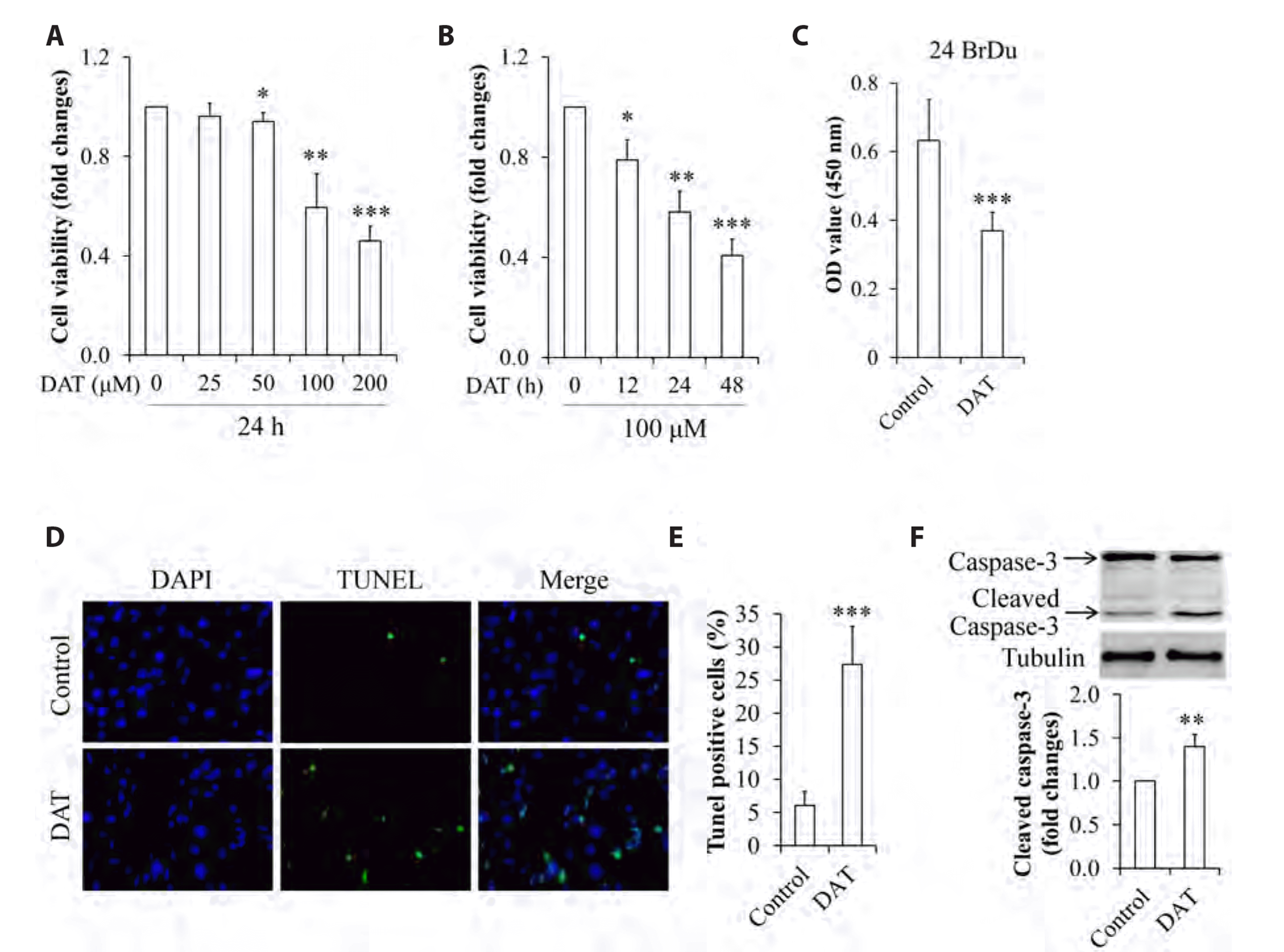
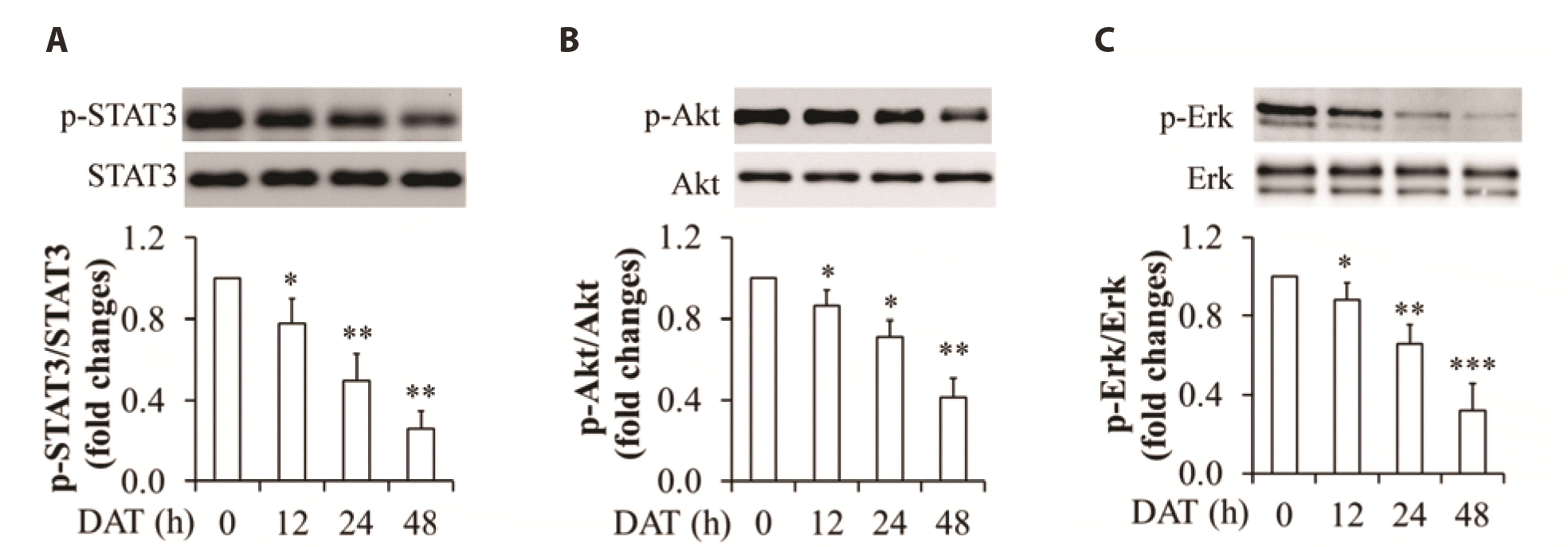

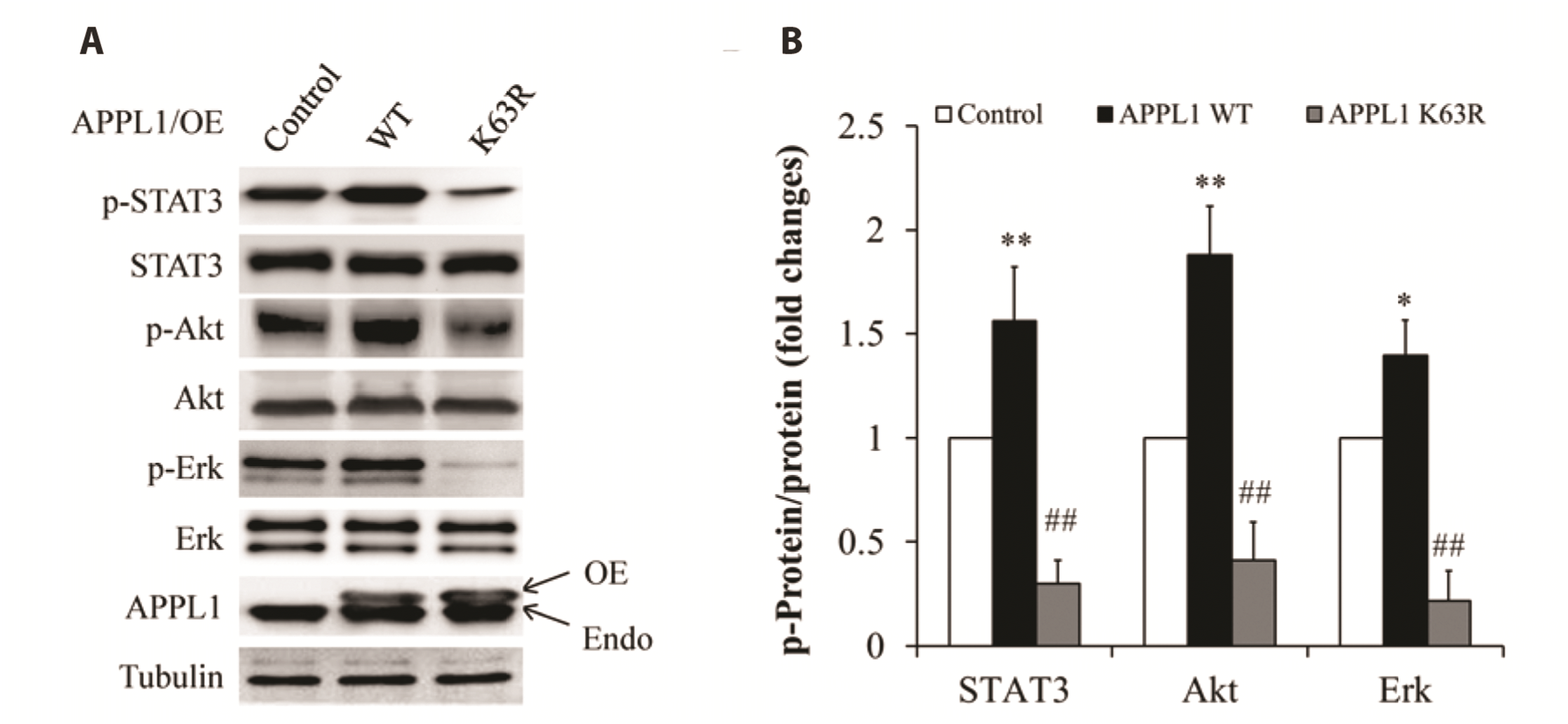

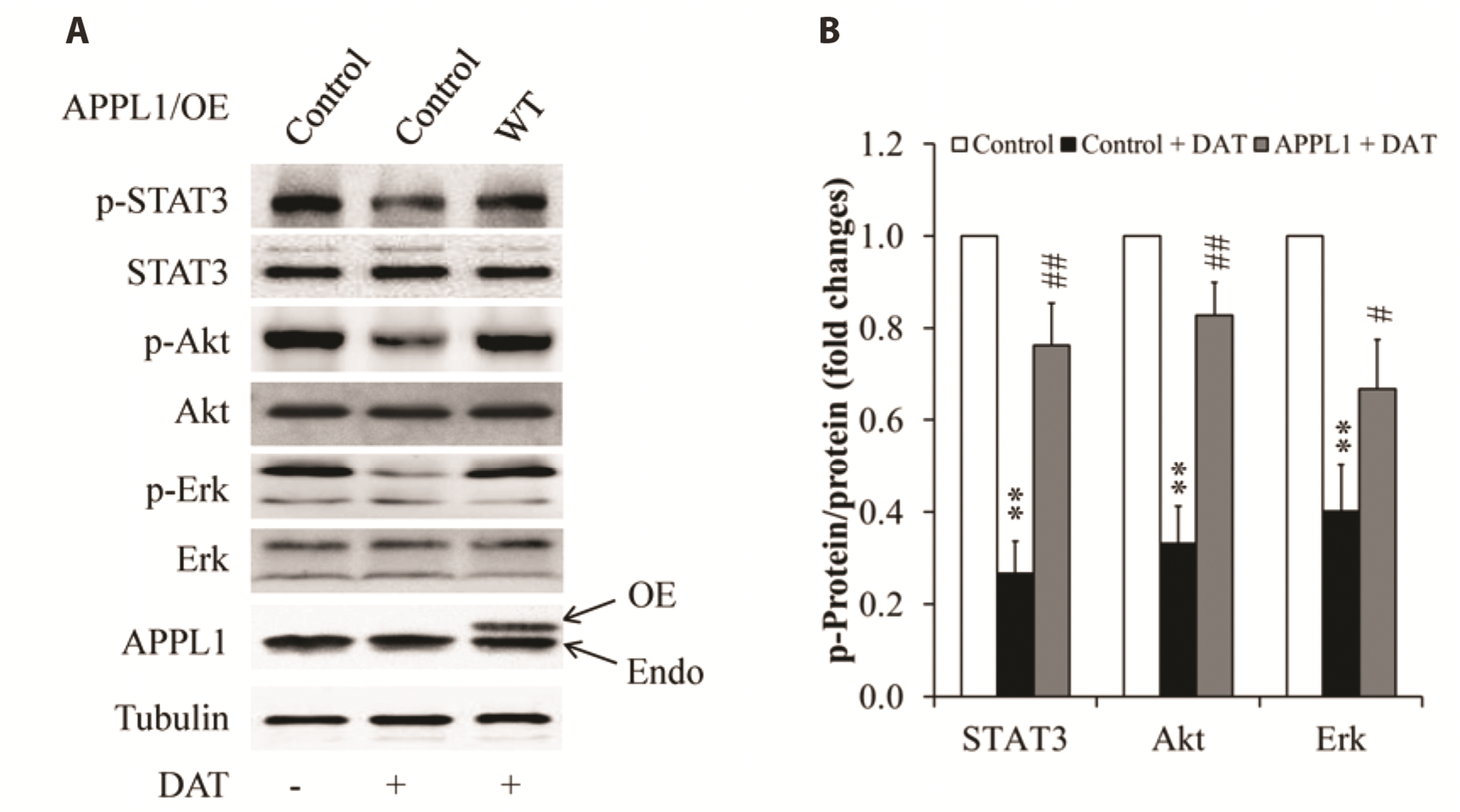
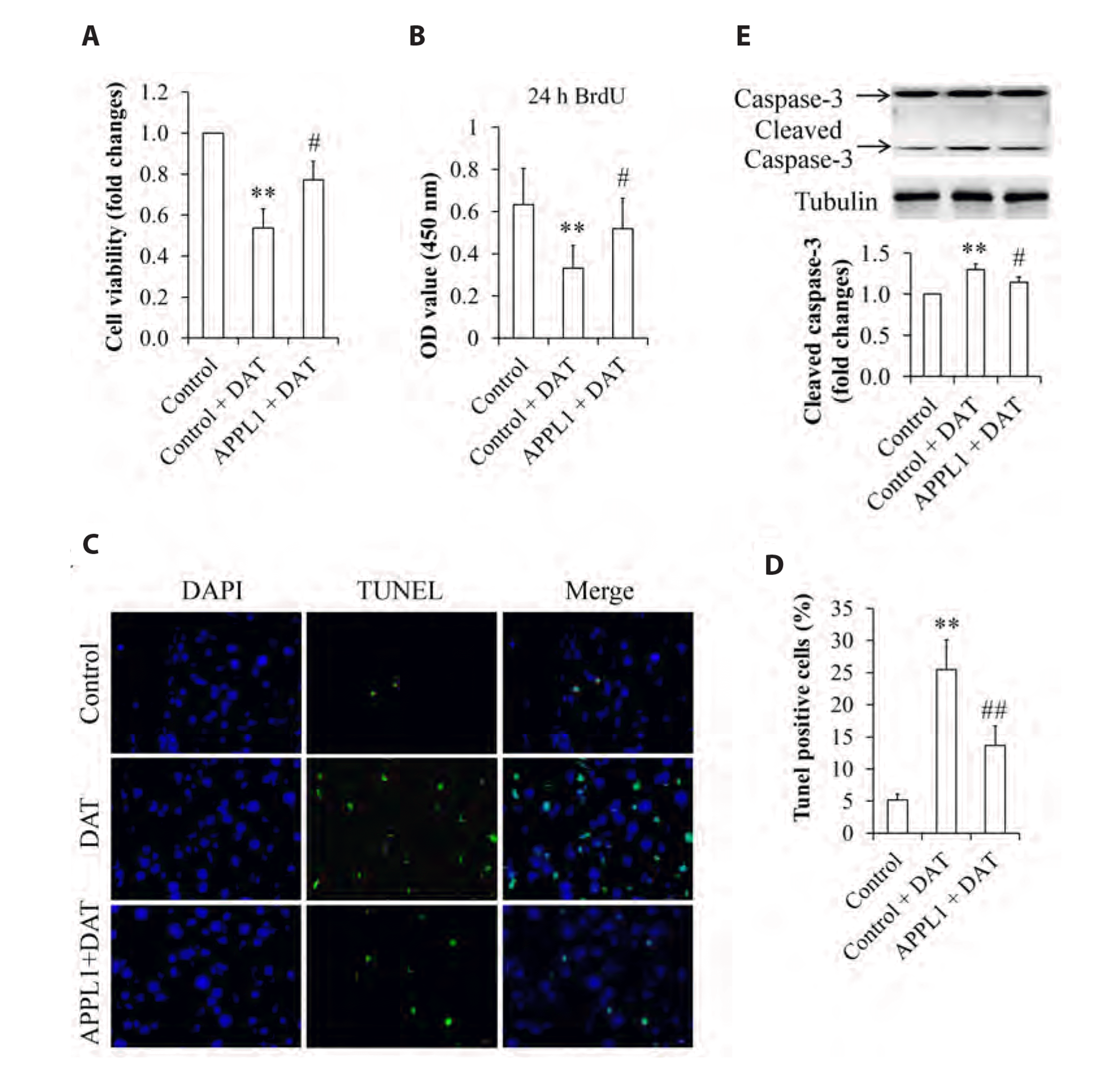
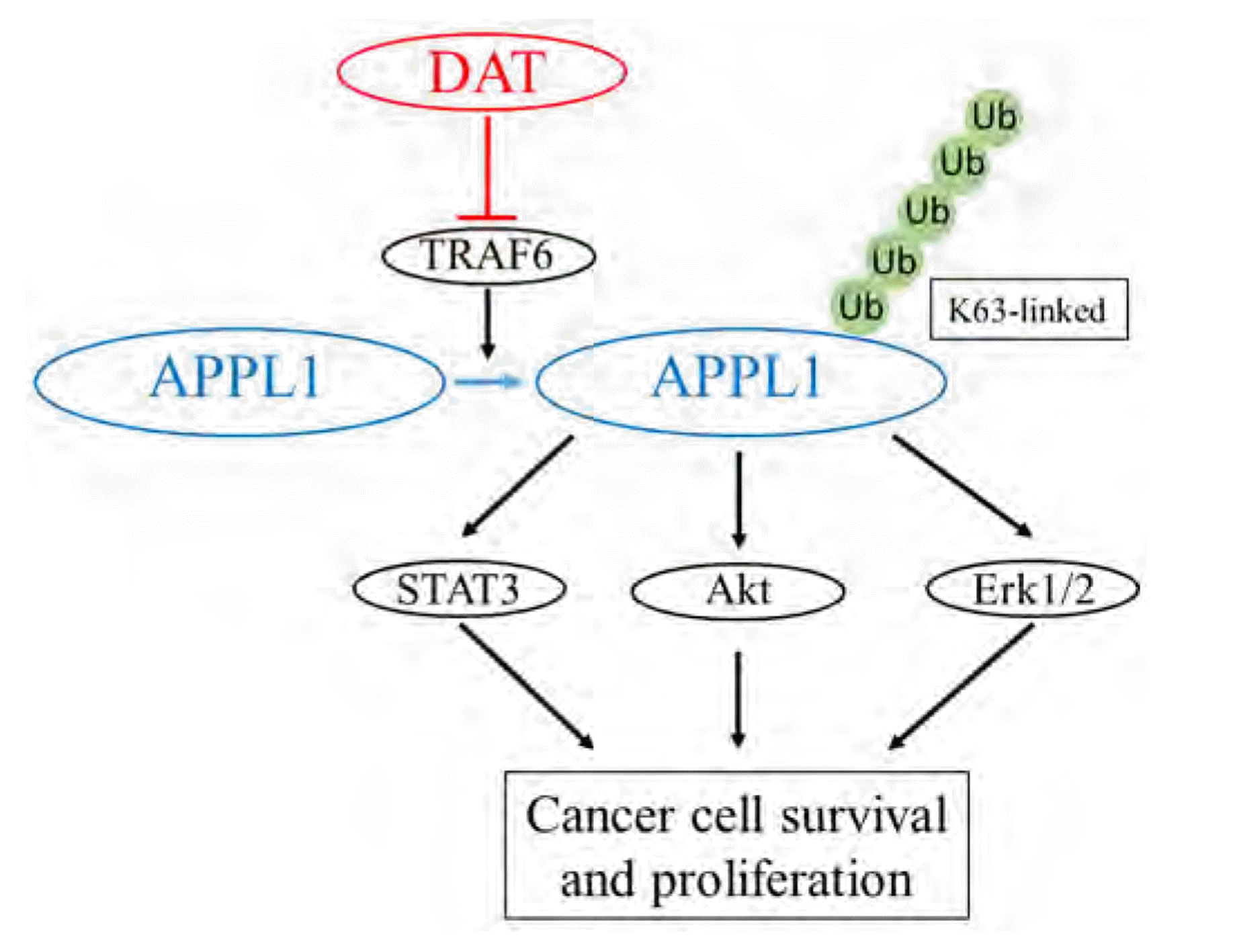




 PDF
PDF Citation
Citation Print
Print


 XML Download
XML Download